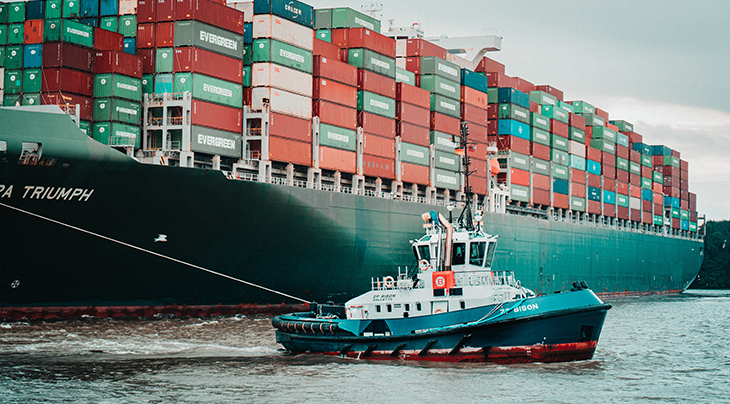This brief is part of the Insights @ Center for Emerging Markets, a publication focused on cutting-edge ideas and advice for global leaders about emerging markets.
By Nada R. Sanders (Northeastern University)
Reshoring
The pandemic highlighted the risks of global supply chains, with lockdowns and other restrictions leading to delays and disruptions in production and delivery. As a result, sixty percent of American and European companies are now seeking to relocate suppliers and production facilities closer to home or diversify their sources of supply to reduce the impact of global supply chain disruptions.
India and Vietnam are quickly becoming popular destinations for companies seeking to diversify away from China, attracting companies like Apple, which have been frustrated by product delays in China and are seeking to reduce their dependence on one country. Vietnam saw an expansion in production by Foxconn, which is Apple's largest supplier. Elsewhere, Volvo is planning to open a new European plant for the first time in 60 years, while automakers in North America are making investments in their home countries, such as Ford's new electric vehicle plant in Tennessee which will create 6,000 jobs.
Although reshoring may offer benefits in terms of reducing risks and improving business continuity, it also poses challenges. Companies may face higher costs and struggle to find skilled workers or suitable facilities in their home countries. As a result, firms need to carefully weigh the costs and benefits of reshoring and consider the potential impact on their suppliers and the broader supply chain.
If this trend continues, some emerging market countries could see a reduction in investment and job opportunities. As such, government policies will likely play a role through regulations, subsidies and incentives.
Technology
The impact of the COVID-19 pandemic on global supply chains was exacerbated by outdated technology and poor communication with suppliers, preventing firms from anticipating shortages and disruptions in supply chains. For instance, before the pandemic, most companies did not communicate with or were unaware of the locations of all their suppliers.
Companies have since realized the importance of monitoring supply chains to avoid and adapt to disruptions. Modern communication software that integrates with suppliers, cloud computing for efficient data storage, artificial intelligence for better decision-making, and robotics for automating processes are key priorities for companies, according to the Hackett Group, a strategy consultancy.
An example of how technologies are transforming the supply chain is the partnership between IBM and Maersk to create a blockchain-based platform called TradeLens that aims to digitize global trade and improve visibility and efficiency in the supply chain. TradeLens stores and shares data across the supply chain, reducing the risk of fraud, errors, and delays, while enabling companies to track shipments, predict disruptions, and optimize routes. It also improves communication with shippers, freight forwarders, and customs officials, thereby reducing bureaucracy and errors.
Flexibility
“Just-in-time” (JIT) was developed in Japan as a way of reducing waste by carrying as little inventory as possible to minimize storage costs, maximize efficiencies, and yield higher profits. As more companies adopted the JIT approach, they made themselves vulnerable to disruptions.
These vulnerabilities were particularly evident during the COVID-19 pandemic as factories were forced to idle due to missing parts, such as microchips. Something as simple as the logo badges on Ford cars caused major disruptions in production when the company's Michigan-based supplier faced labor shortages due to the pandemic. As a result, more companies are shifting to a “just-in-case” model by carrying inventory of critical components. While this approach reduces the likelihood of shortages, it is more costly, especially if some parts become obsolete or remain unused. A better strategy is for companies to use “caveats to JIT” where they strategically carry more inventory for critical components.
Managerial Implications
- Despite the elevated costs, companies are unlikely to shift back to JIT because the risks from shortages outweigh the costs of carrying more inventory. Unfortunately, this transition will likely translate into higher costs for consumers who are already experiencing inflation. Moving forward, companies will benefit from a strategic and well-thought-out combination of the JIT and “just in case” approaches.
Original Works
Browning, T., Kumar, M., Sanders, N., Sodhi, M. S., Thürer, M., & Tortorella, G. L. (2023). From supply chain risk to system-wide disruptions: research opportunities in forecasting, risk management and product design. International Journal of Operations & Production Management.
Sanders, N. (2023). Global economy 2023: COVID-19 turned global supply chains upside down – 3 ways the pandemic forced companies to rethink and transform how they source their products. The Conversation.
Contact
If you are interested in learning more about this work, contact Professor Sanders.

